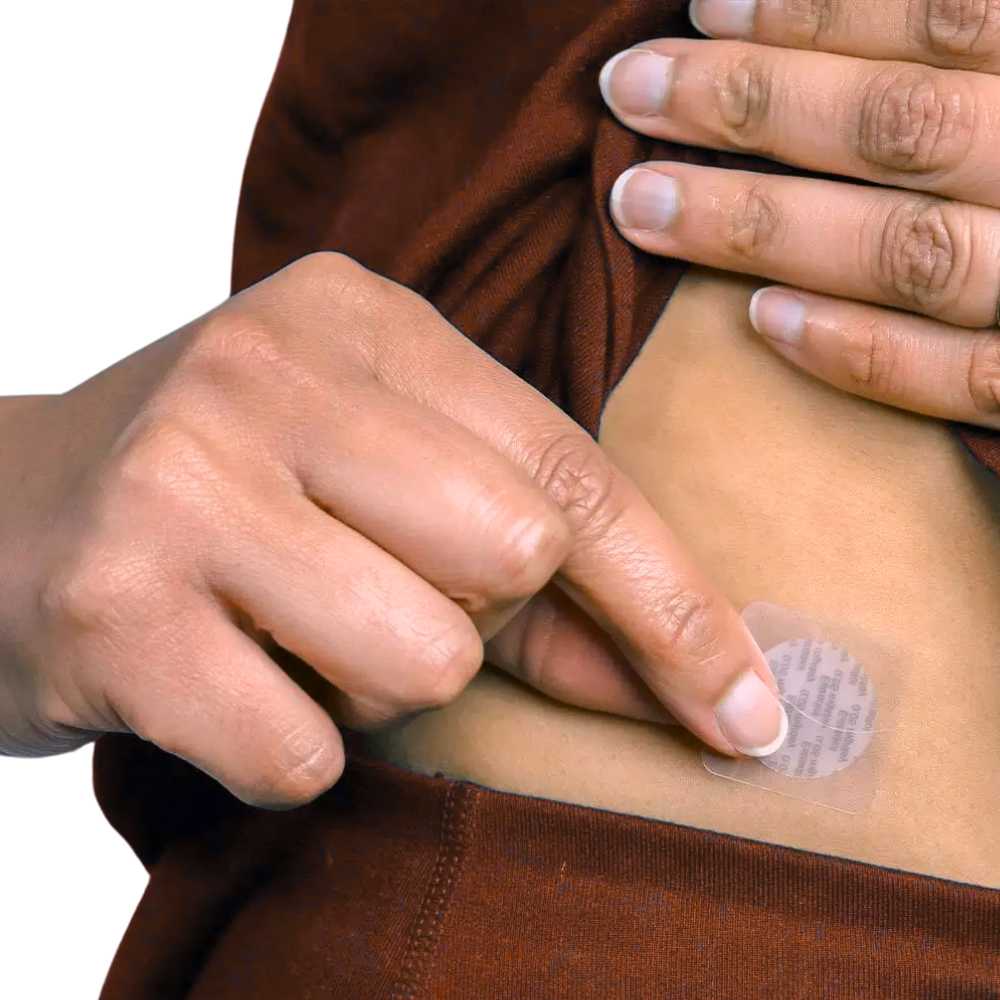
Estrogen Patch
Estradiol (E2) is the primary form of estrogen naturally produced in the body and plays a key role in various physiological processes, including reproductive health, bone density, cardiovascular function, and more. The estradiol patch is a common and effective form of hormone replacement therapy (HRT) for individuals needing estrogen supplementation. It delivers estradiol, a bioidentical form of estrogen, through the skin into the bloodstream
Treatment plan tailored to your needs
Same price at every dose, no hidden fees
Free delivery
No insurance required
How it works:
Advantages of the Patch
Possible Side Effects
How to Use
Pairs well with

Estrogen Patch
If you have any questions, you are always welcome to contact us. We'll get back to you as soon as possible, within 24 hours on weekdays.
-
Shipping Information
Use this text to answer questions in as much detail as possible for your customers.
-
Customer Support
Use this text to answer questions in as much detail as possible for your customers.
-
FAQ’s
Use this text to answer questions in as much detail as possible for your customers.
-
Contact Us
Use this text to answer questions in as much detail as possible for your customers.

Why Choose A+ Health for Your Weight Loss Treatment
Expert Medical Supervision You Can Trust
Your treatment is overseen by board-certified physicians who specialize in metabolic health and diabetes management. Every prescription is carefully reviewed to ensure it's right for your specific health profile and goals.
Comprehensive Care, Not Just Medication
Beyond prescribing, our medical team provides ongoing monitoring, dosage adjustments, and support throughout your treatment journey. You're never navigating your health alone.
No Insurance Hassles Required
While we work with most insurance plans, our transparent pricing means you always know your costs upfront. No surprise bills, no complicated coverage questions—just straightforward, accessible care.
